10 Reasons Why Italian Craftsmanship Is Worth Every Penny
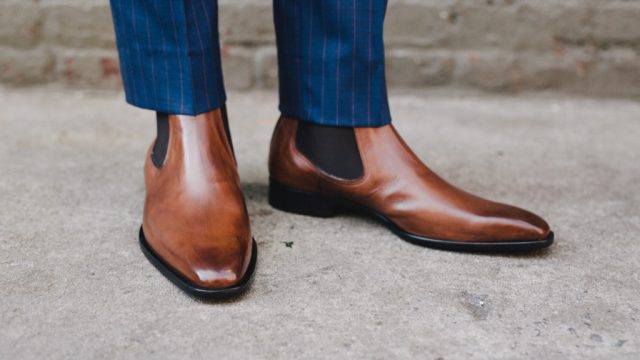
There’s an old saying (and forgive us—we’re paraphrasing): “Romance French. Drive German. Dress Italian.” And, although it is technically just an adage, we feel comfortable reporting it as fact. Just ask anyone who’s gallivanted with a French lover, or slid behind the wheel of a Carrera 911, or rocked a bespoke Milanese getup head to toe. Yes, in the same way that the French know love and the German know cars, the Italians know clothing and shoes.
Think about it: The greatest designer digs in the world hail from Italy, a sartorial bench—or rack, rather—that includes, to name just a few, Berluti, Brioni, Brunello Cucinelli, Dolce & Gabbana, Ermengildo Zegna, Etro, Fendi, Gucci, Giorgio Armani, Kiton, Loro Piana, Paul Evans, Prada, Salvatore Ferragamo, and, of course, Versace. (Truly, that’s no more than a scrape of the proverbial iceberg.) Anything you pick up from an Italian artisan is sure to be among the ne plus ultra of its class—and is thus a worthy investment. Here’s why.
1
You’re getting the best leather in the world.
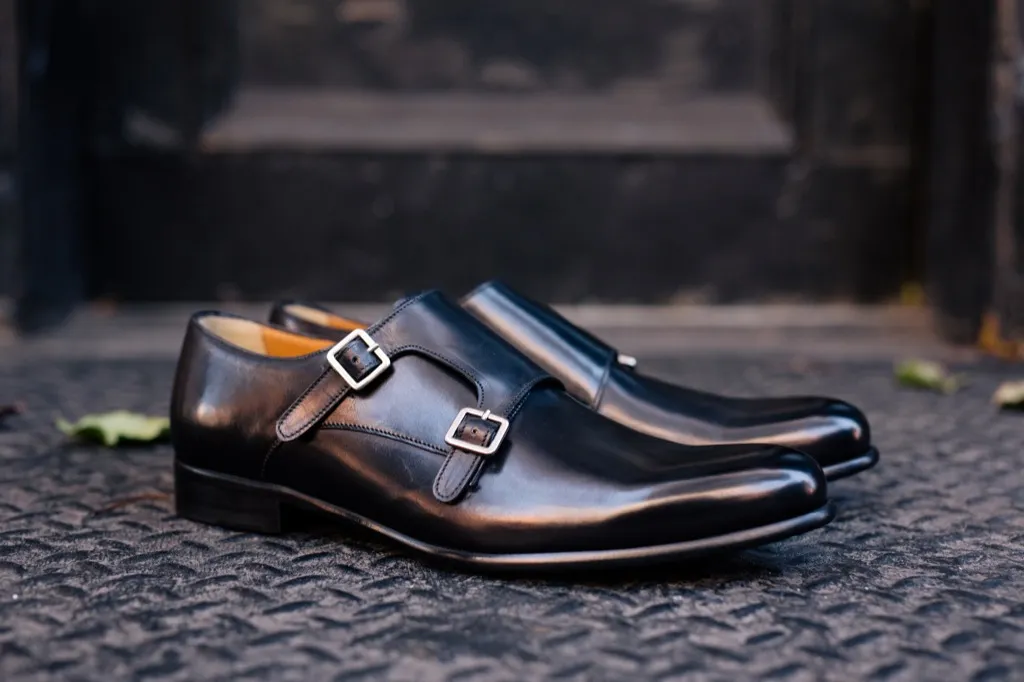
These days, thanks to the nonstop encroachment of technology, there are a million ways—generally through the use of chemicals—to tan leather. But Italian tanners hew to the millennia-old tradition of au natural liming and dying. The result is a material that’s sturdier than other leathers on the market.
Need proof? Just look to a pair of genuinely Italian-crafted shoes, like the stunningly handsome Poitier Double Monk Strap from Paul Evans (pictured above; see here to learn more). Run your hand over it. You’ll find leather that’s equal parts soft as butter and solid as a rock. That’s because the master artisans at Paul Evans only use the finest Italian calfskin leather to make their shoes. That leather is then Blake stitched (meaning: you’re getting maximum comfort and durability and flexibility) and then given a beautiful, hand-painted finish.
2
The artisans put in 110 percent.
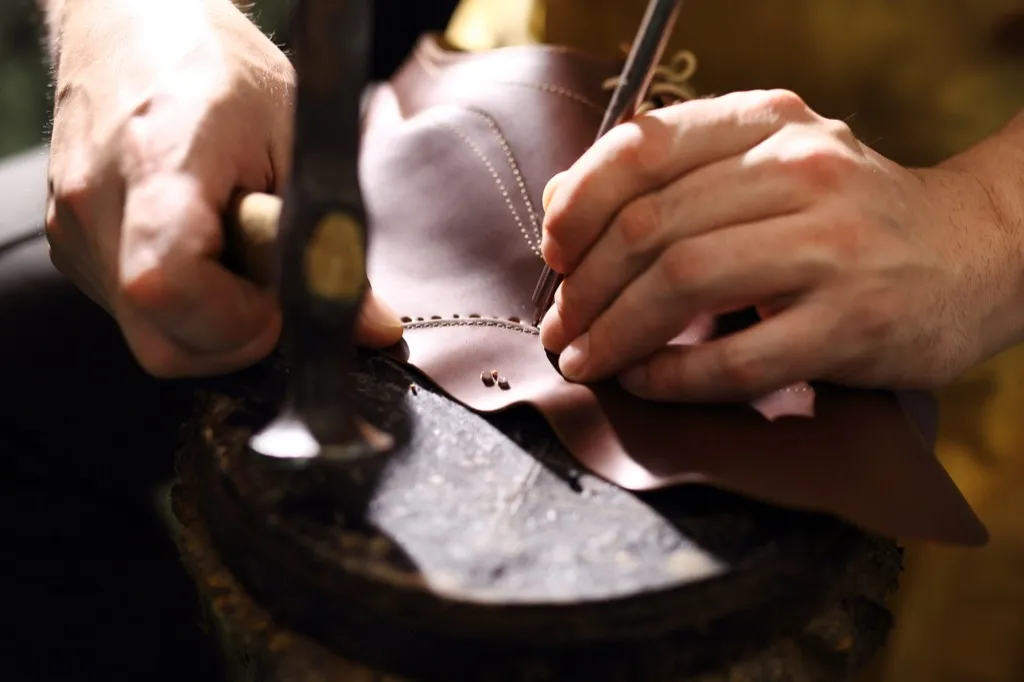
Handcrafting an Italian shoe can take 100 steps—or more. Again, just look to the next-level wizardry happening in the Naples factory for Paul Evans. And a single bespoke suit can require up to 40 to 50 hours of work. For context, ask yourself: How many projects did you work on this week? An Italian tailor worked on one.
3
You get serious bragging rights.

Think about how Giorgio Armani practically reinvented the suit. Or how Loro Piana patented a waterproof cashmere. (Really, this exists. Peek their proprietary Storm System line for proof.) Or how Zegna has a feather-soft wool that looks like street-savvy denim. Or how Prada was doing the currently all-the-rage “stretch” fabric trend—20 years ago. Italian design is and always has been ahead of the curve. Snapping up something is an investment not just in your wardrobe, but also in snagging trendsetter bragging rights.
4
You’re getting the best fabric in the world.
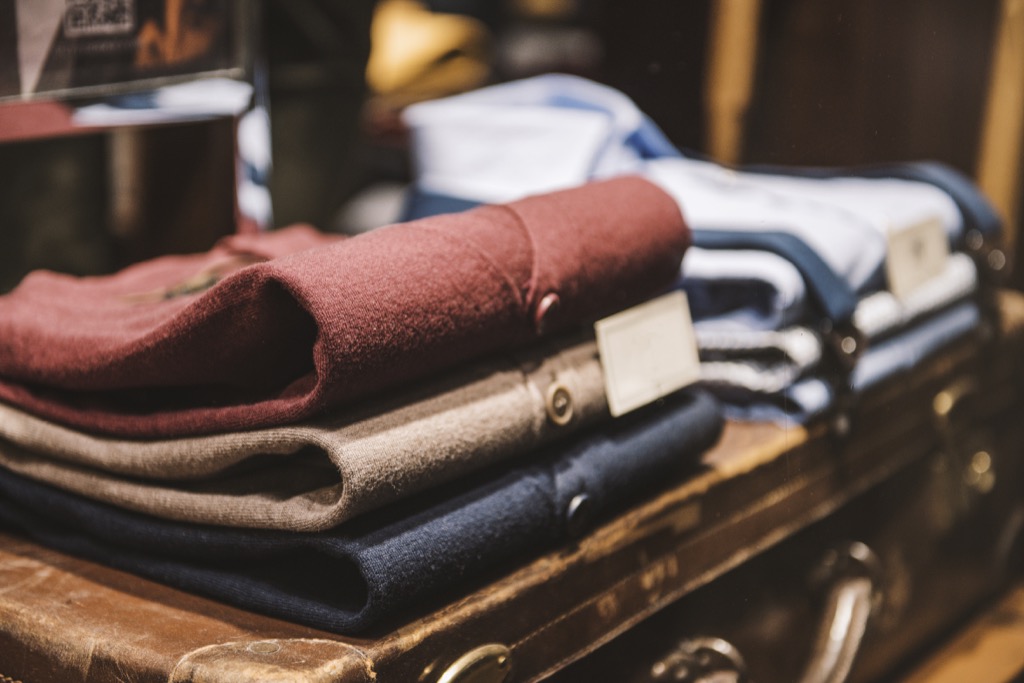
Most wool mills use water that’s laden with salt and minerals, which leads to wool that’s covered in a thin, color-quashing film. But the lion’s share of Italian wool comes from northern Italy, a region that happens to be due south of Swiss Alp glaciers. Italian mills use this water to produce wool; you won’t find a single thread covered in film.
5
Your purchase is backed up by law.
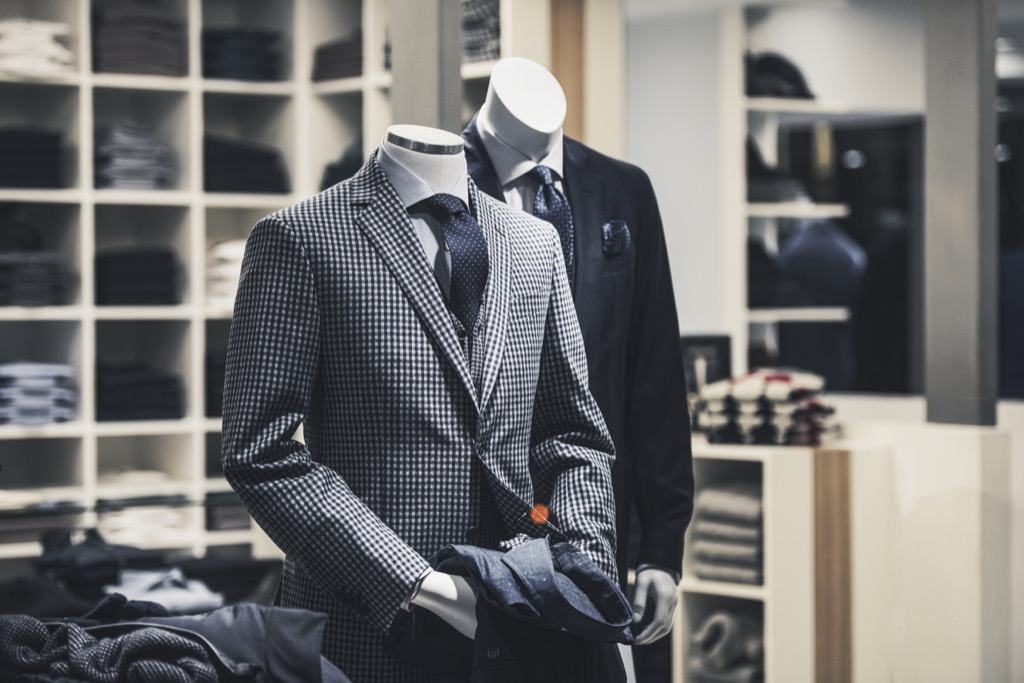
In 2009, the Italian parliament passed a law prohibiting the use of the phrase, “Made in Italy,” on any product label—in any language or likewise iteration—unless the product is actually made in Italy, from start to finish. So if you pick up a product emblazoned with those three little words, you can be damn sure it’s of peerless quality.
6
Style is baked into Italian culture.

From the columns of ancient Rome to Michelangelo’s David to palatial pastels of the Positano coast, style is baked into the fabric of Italian life. In fact, there’s a term for it: “La belle figura“— literally, “the beautiful figure,” but more broadly, an M.O. to live life stylishly, at all times and in all ways. Any item you score from an Italian shop is an item born from this mindset.
7
You’re buying into history.
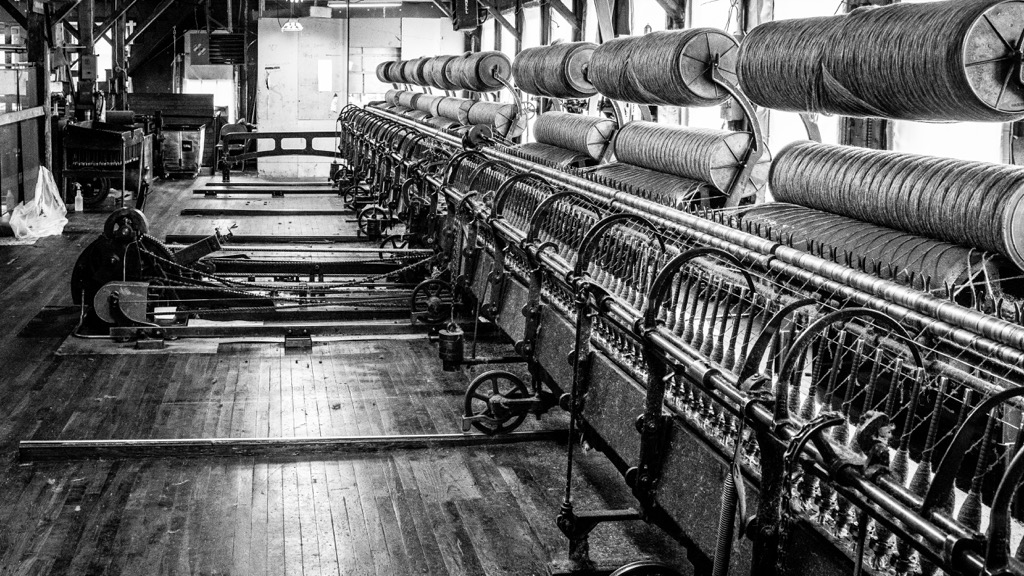
Some businesses have been around longer than entire nations. In fact, Vitale Barberis Canonico, a family-run wool mill in Biella—and the main fabric supplier for the tailor maestros at Zegna—has been in operation for fifteen generations. (Put another way: Since the 1600s.) That’s a lot of time to hone a craft into a flawlessly executed art.
8
You get an instant heirloom.
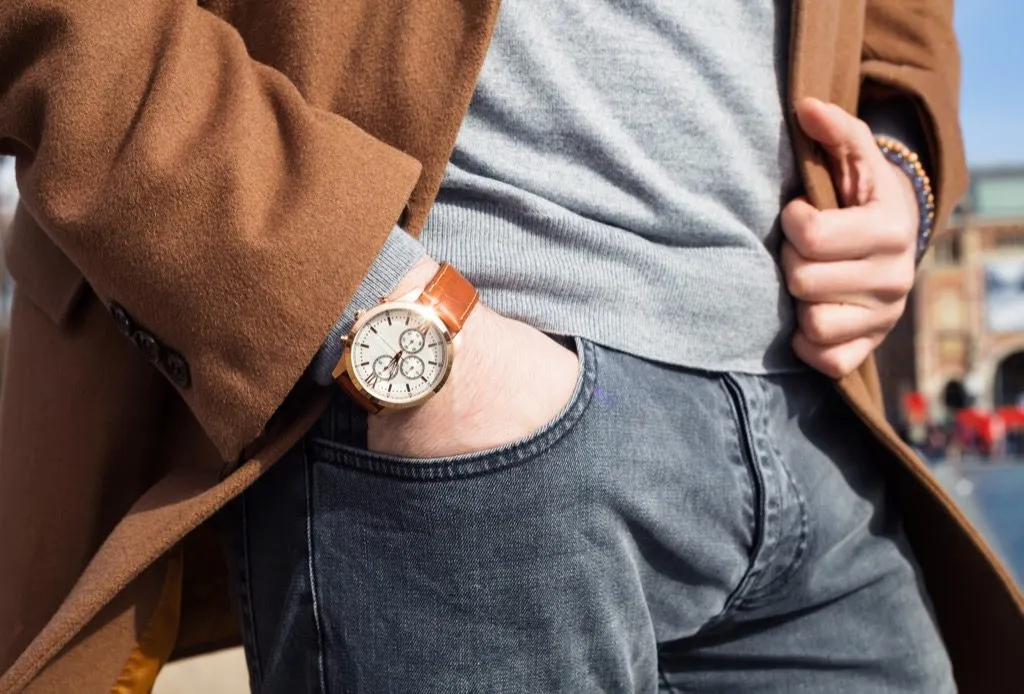
Italian-crafted goods stand the test of time. And if you have a kid, you get to hand a slice of luxury down—trends be damned. Vintage-wear is always, always en vogue, especially if it’s a handcrafted, high-quality, designer-made item. It’s one of the cardinal rules of fashion.
9
There’s resale value.
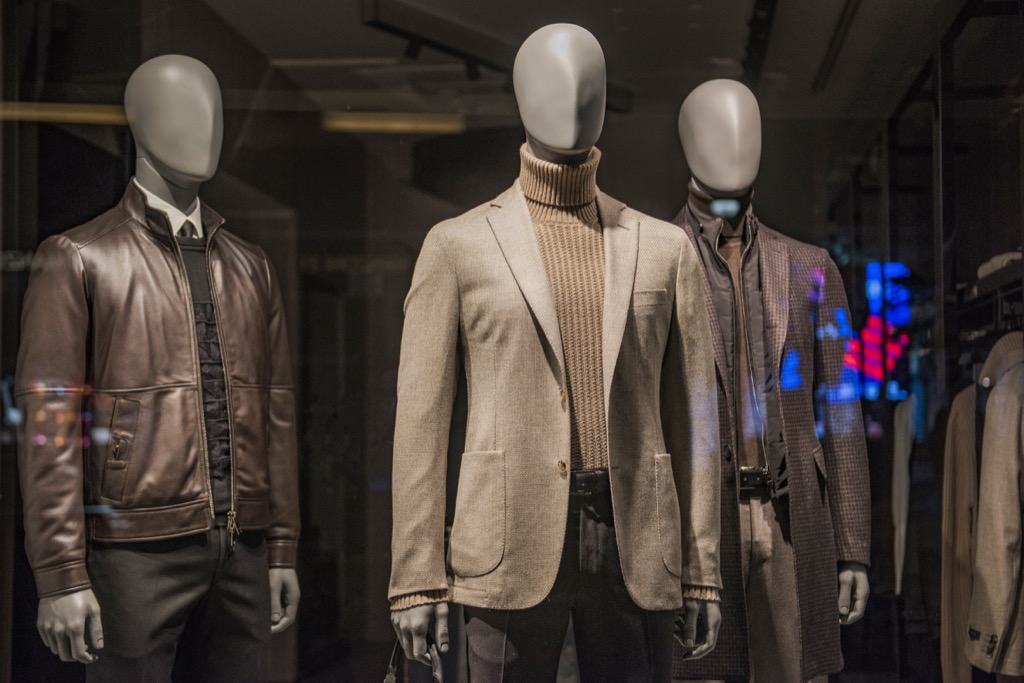
Italian designer goods tend to pop up on eBay, often used, sometimes seasons old, at startlingly high price tags. So if you’re no longer feeling that Prada suit or Louis Vuitton bag, you can expect to net hundreds—maybe thousands, if it’s an exceptionally rare piece—in return. As long as you’ve kept it in good condition, of course.
10
You’ll turn heads left and right.

And we don’t need to guarantee it.
To discover more amazing secrets about living your best life, click here to sign up for our FREE daily newsletter!